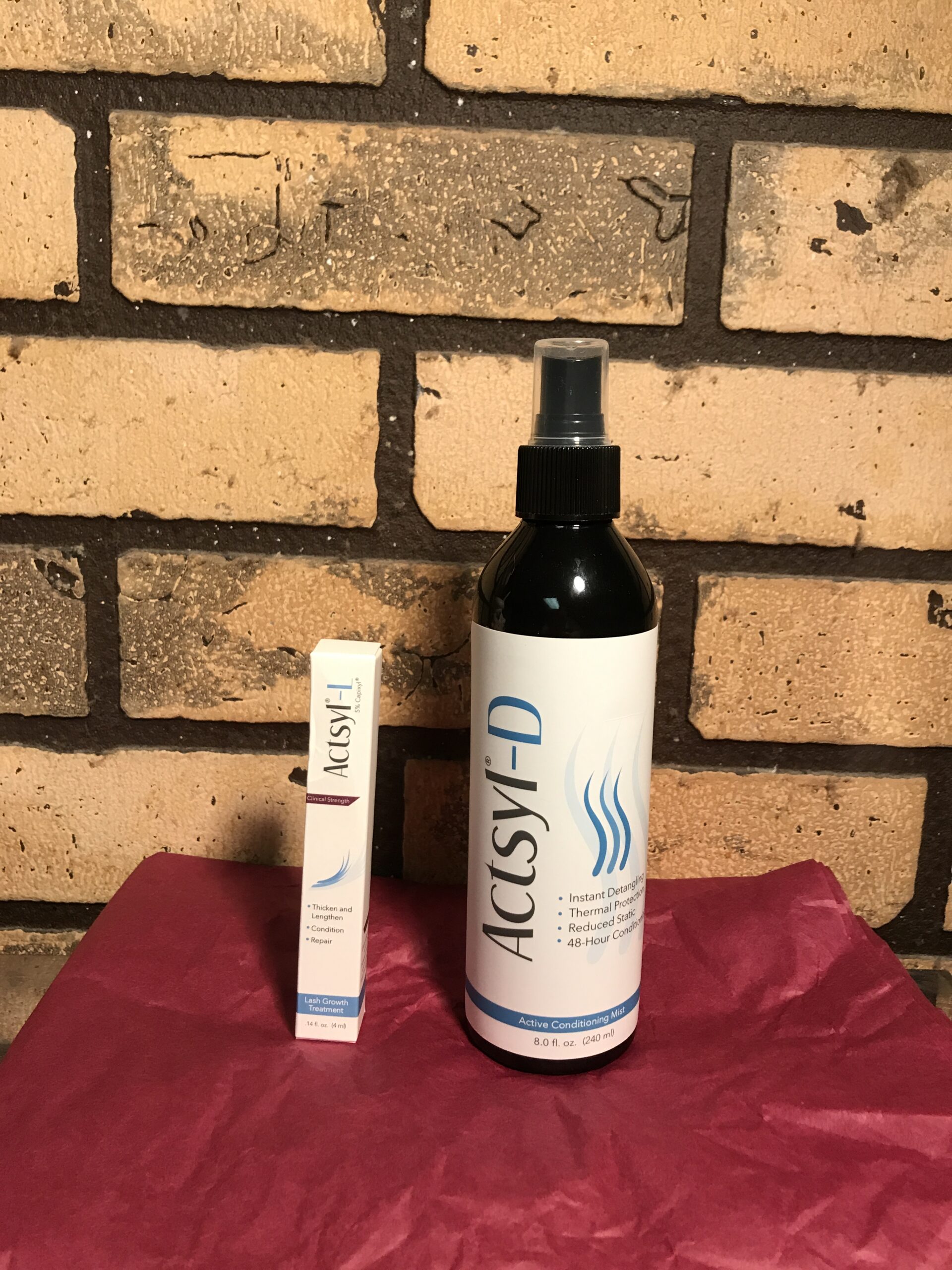Adjunct Therapy: Enhancing Care with Physical Therapy
In the realm of healthcare, the incorporation of adjunct therapies has become increasingly prevalent in enhancing patient care and treatment outcomes. Among these, physical therapy stands as a cornerstone in promoting rehabilitation, pain management, and overall wellness. Its integration alongside conventional medical treatments not only accelerates recovery but also fosters a more holistic approach to healthcare. Let's explore the multifaceted advantages and role of physical therapy as an adjunct therapy in improving patient outcomes.
Understanding Physical Therapy as Adjunct Care
Physical therapy, believe it or not, is not limited to the rehabilitation of sports or accident-related injuries. Its scope extends far beyond, intertwining with other disciplines like chiropractic care. For instance, in cities like Salt Lake City, chiropractors often work in concert with physical therapists to create personalized treatment plans that address a patient's unique needs.
This collaboration allows for a more comprehensive approach to patient care, effectively harnessing the strengths of both chiropractic and physical therapy techniques. It's a testament to the versatility of physical therapy as an adjunct therapy and its potential for transformative patient outcomes.
The Role of Physical Therapy in Healthcare
- Rehabilitation and Recovery: Physical therapists play a pivotal role in guiding patients through rehabilitation after surgery, injury, or illness. They design personalized exercise regimens and interventions aimed at restoring function and mobility.
- Pain Management: Through manual therapies, exercises, and modalities like heat, cold, or electrical stimulation, physical therapists assist in managing pain and reducing discomfort.
- Prevention and Wellness: Physical therapists provide education and guidance on injury prevention strategies, ergonomic adjustments, and lifestyle modifications to enhance overall health and prevent future injuries.
- Musculoskeletal Conditions: They treat a spectrum of musculoskeletal conditions such as arthritis, back pain, sports injuries, and neurological disorders like stroke or Parkinson's disease.
Advantages of Integrating Physical Therapy into Healthcare
- Comprehensive Treatment Approach: Integrating physical therapy with conventional medical care offers a more comprehensive and multidisciplinary approach, addressing both the symptoms and underlying causes of health conditions.
- Improved Functional Outcomes: Physical therapy aims at restoring mobility, strength, and function, contributing to better functional outcomes for patients undergoing rehabilitation.
- Reduced Reliance on Medications: Through exercises, manual therapy, and other interventions, physical therapy can reduce the need for long-term medication use, especially for musculoskeletal pain management.
- Faster Recovery: Adjunct physical therapy can expedite recovery times after surgeries or injuries by enhancing healing, reducing stiffness, and preventing complications.
- Personalized Care: Physical therapists design individualized treatment plans tailored to each patient's specific needs, optimizing outcomes and promoting active patient participation in their recovery.
- Patient Empowerment: Physical therapy encourages patients to take an active role in their recovery, providing them with tools and knowledge to manage their condition independently.
Examples of Physical Therapy Adjuncts in Healthcare
- Postsurgical Rehabilitation: Physical therapists assist patients in regaining mobility and strength after surgeries, such as joint replacements or orthopedic procedures.
- Cardiac Rehabilitation: In cardiac care, physical therapy plays a role in guiding exercise programs and promoting cardiovascular health for individuals recovering from heart-related issues.
- Oncology Rehabilitation: Physical therapy addresses functional limitations caused by cancer treatments, offering solutions for mobility issues, lymphedema, and fatigue management.
- Neurological Rehabilitation: For conditions like stroke or multiple sclerosis, physical therapy helps improve balance, coordination, and mobility.
Challenges and Future Trends
While the benefits of integrating physical therapy as adjunct care are evident, challenges persist. These include limited access to therapy, insurance coverage issues, and barriers to consistent adherence to therapy plans. However, advancements in telehealth and digital platforms are expanding access to physical therapy services, allowing for remote consultations and exercise guidance.
The Importance of Collaboration in Healthcare
Effective collaboration between physical therapists, physicians, nurses, and other healthcare professionals is critical for holistic patient care. Team-based approaches allow for comprehensive evaluation, coordination of care, and better patient outcomes.
The integration of physical therapy as adjunct care represents a significant leap toward a more holistic and patient-centric healthcare approach. Its inclusion alongside conventional medical interventions not only accelerates recovery but also empowers individuals to regain function, manage pain, and optimize their overall well-being.
By recognizing the multifaceted benefits and role of physical therapy, healthcare systems can harness the power of adjunct therapies to enhance patient outcomes, improve quality of life, and redefine standards for comprehensive patient care. Through collaboration, innovation, and an emphasis on patient-centered care, the integration of physical therapy stands as a testament to the evolving landscape of modern healthcare.




